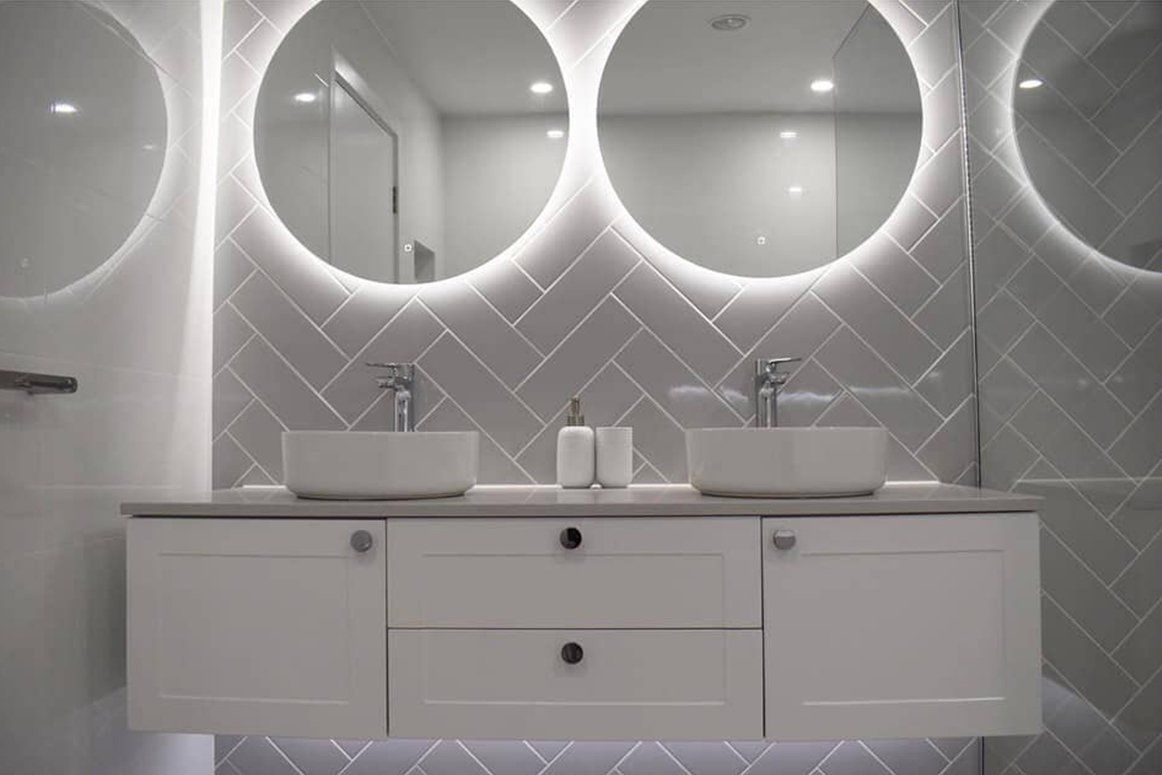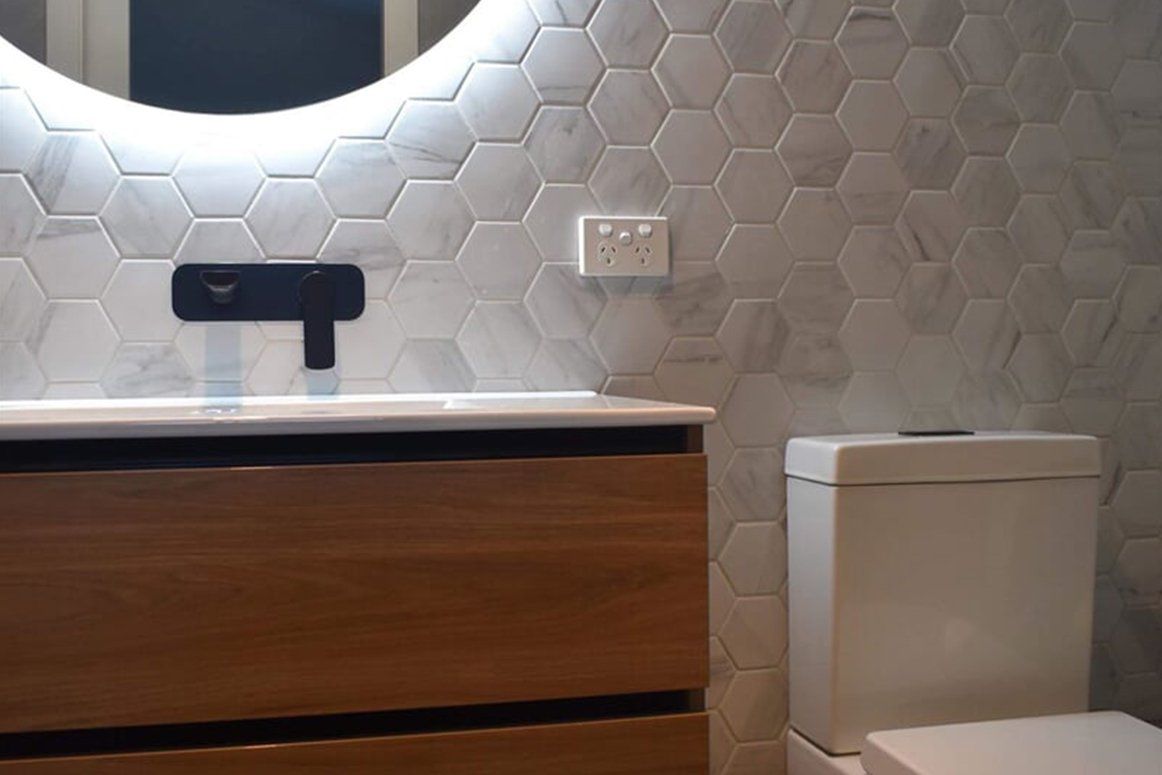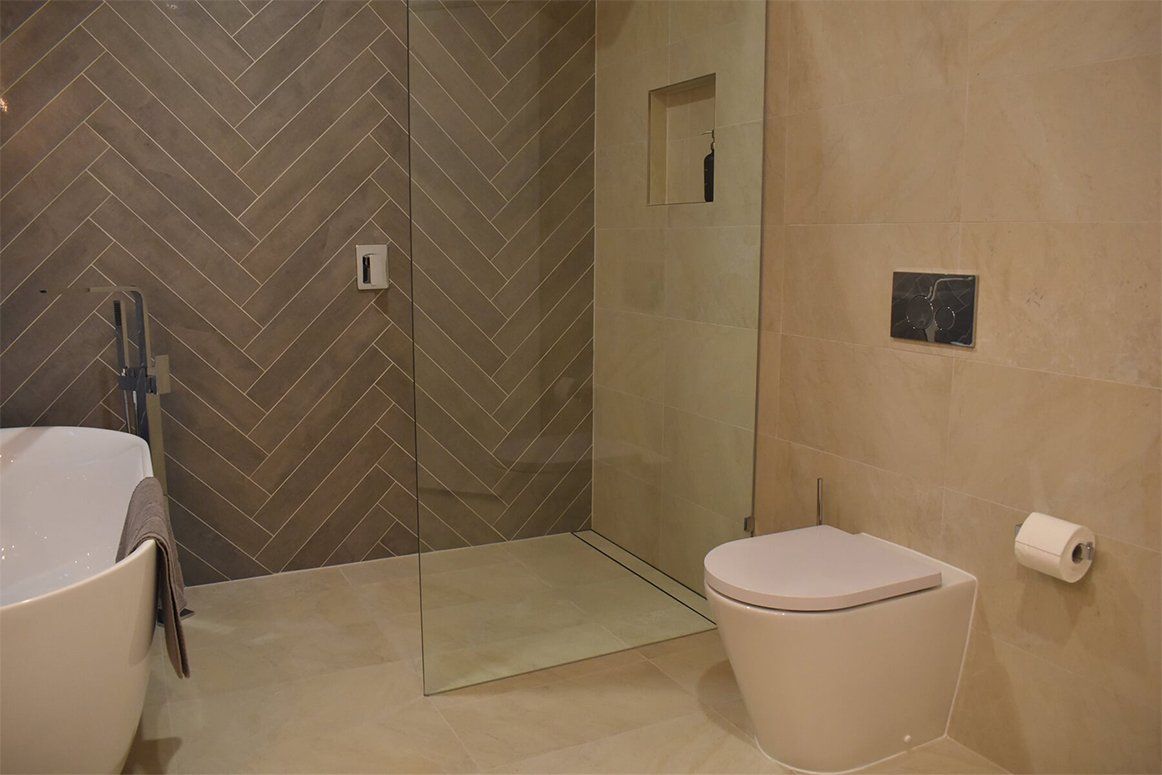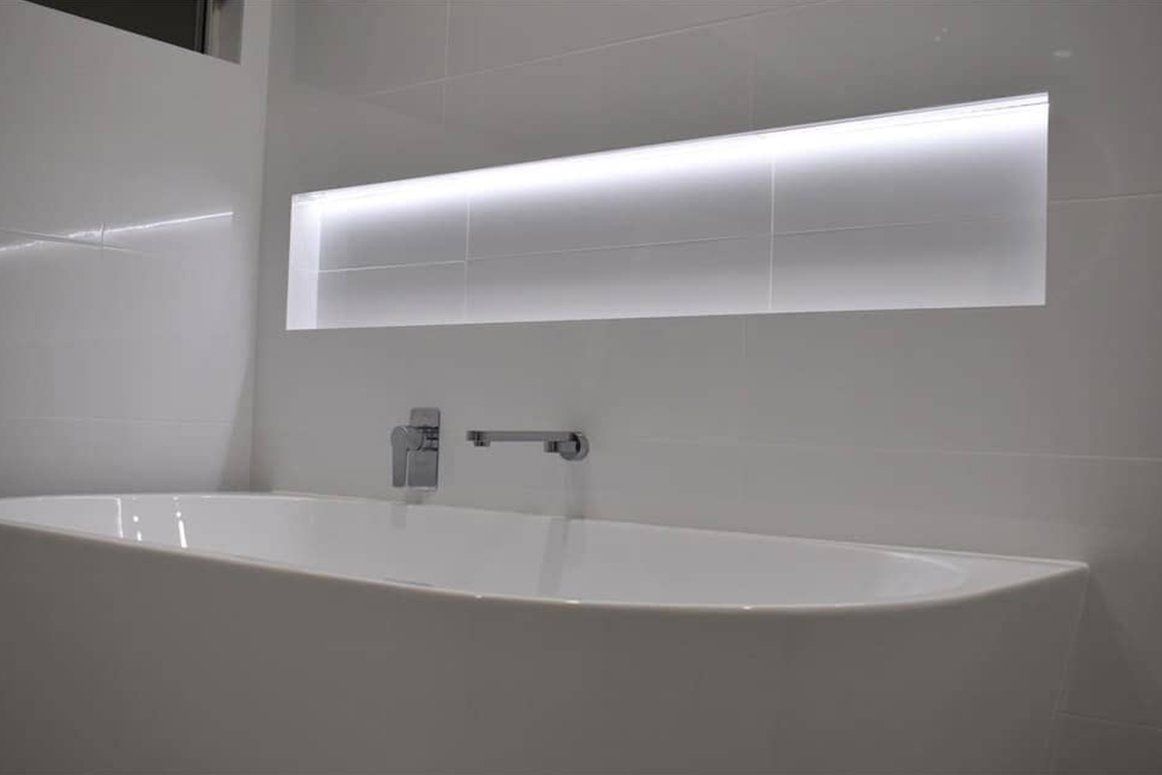Why floor tiles get drummy or loose?
If your floor tiles are drummy or hollow sounding, you really do need to take some action.
This situation will generally become obvious as soon as the tiles are laid.
It means that the adhesive does not have a good bond between the tiles and the substrate, or that there are hollow voids of missing adhesive under the tiles. If tiles are laid correctly and there is 100% adhesive coverage, and the bond is sound, then the tiles effectively become one with the substrate.
As the floor is used and subjected to foot traffic, the tiles that are not correctly laid will most likely break, crack, chip, or fail in some other way. In extreme circumstances, the tiles will actually lift off the floor.
There is a difference between these two types of tiles. Each tile is designed differently. In some cases Pro-Lay Wall and Floor Tiling aren't able to cross over the tiles. This is because the floor tiles may be too heavy to be applied to walls. Wall tiles will not be strong enough for floors. Using wall tiles on the floor will lead to cracks and scratches.
What causes this problem?
Drummy or loose tiles can be caused by a number of reasons including:
Not enough adhesive under the tiles, or ‘dobbing’ of the adhesive under the tiles.
This leaves hollow voids. The wrong adhesive has been used and it has not bonded with the tiles or substrate. Or, in wet areas, the adhesive is not suitable and has broken down.
The adhesive has skinned before the tiles were laid. This means that the adhesive was put down and left too long and the surface has dried. This prevents a sound bond to the tile.
If the suspect tiling is over a timber floor, then the incorrect adhesive may have been used. Special adhesive must be used for a permanent and sound bond over timber, and the instructions followed closely.
Excess movement of the floor boards can also create a problem, especially if the adhesive is not a ‘flexible’ product.
Why does grout go dark or black?
If your grouting has gone dark or black, it is just dirty. This does not mean that you don’t keep a clean home or floor, but simply that the way you have been cleaning is not best suited to tiles.
The most common cause of this is that people wash their floors using too much water and detergent. The dirt is washed off the tiles and collects in the grout joints. It settles in these mini gutters and dries out leaving a film of dirt and detergent.
Each time the floor is washed, this film builds up and eventually causes the grout to appear black. In truth, the black is just the film of grime sitting on top of the grout.
In some areas where there is ongoing dampness, such as a bathroom, this film is an ideal breeding ground for mould.
So what can i do now?
Visit your tile store and purchase a bottle of Tile and Grout Cleaner. Use them to wash the floor (and rinse several times) to remove all the built up grime.
From that time on, avoid detergents and just use warm water. Always use the water sparingly; there is no need to flood the floor.
Once the floor is thoroughly clean and dry, it might be wise to seal the grout joints with a grout sealer.
Once light application using the trigger spray will seal the grout joints and make them water repellent and easy to clean for around five years.
Where can you tile?
You can tile over most wall and floor surfaces you find in your home including concrete, timber, brickwork, plasterboard and more. You can even tile over tiles!
Because each surface type has its own characteristics (such as rate of expansion and contraction, moisture absorption, 'dimensional stability,' and so on).
Some surfaces may require special preparation and different surfaces will require a different adhesive.
How do I know how many tiles I need?
This is one of the most common questions we get, but it's actually very easy to work out if you follow these six steps for each surface you want to tile.
1. Measure and re-measure the length (or height) and width of your space carefully.
2. Record your measurement in millimeters (this is how we measure tiles).
3. Divide the length of your space by the length of your tiles.
4. Divide the width of your space by the width of your tiles.
5. Multiply the number you got in step 3 by the number you got in step 4. This is the number of tiles you need for this surface!
6. Add an extra 10% to allow for cuts, breakages and spares.
Can I tile over tiles?
Pro-Lay Wall and Floor Tiling understand It can often be less costly and time consuming to tile this way.
However, it will raise the floor height and that can create a step at door ways and other areas.
As long as the original tiles that are down are not drummy and were laid correctly.
We use a primer that will allow the tile adhesive to adhere to the original tiles and therefore will bond correctly and can be done.









